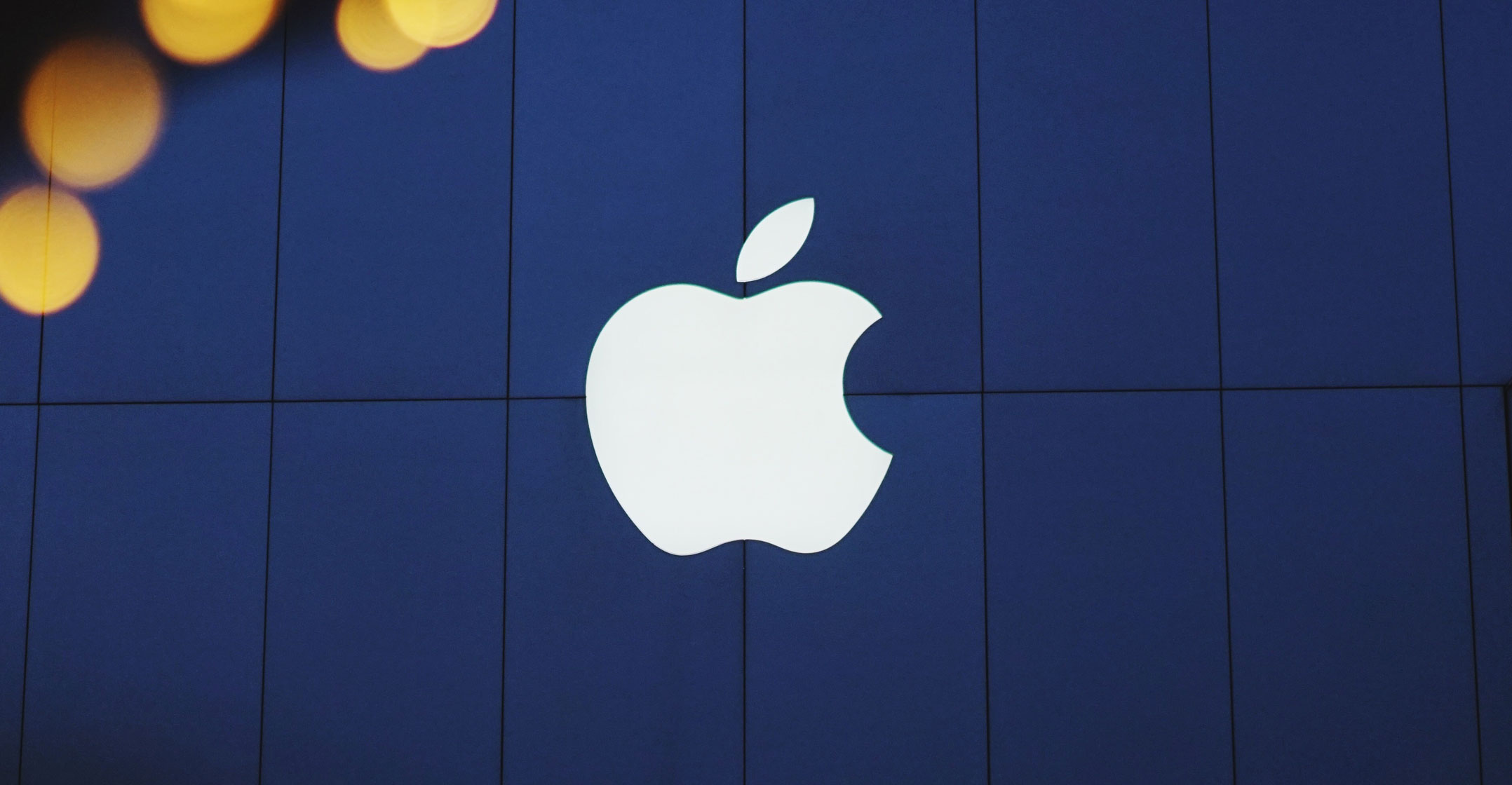 Apple shares rose on Thursday, hitting their latest in a series of record highs as the iPhone maker remained on track for its best annual performance in a decade.
Apple shares rose on Thursday, hitting their latest in a series of record highs as the iPhone maker remained on track for its best annual performance in a decade.
The stock rose as much as 1.6% in the first US trading day after Christmas, when markets were closed.
Contributing to the positive tone, early reads on spending in the holiday shopping season have been strong, and Apple products — notably its AirPods and iPhone — were widely cited as “must-have” items on customer wish lists, according to an Evercore ISI survey.
Thursday was poised to be the third straight daily gain for the stock. Apple closed lower only five times in 18 trading sessions this month through to Thursday. December’s month-to-date gain of more than 7% has Apple on track for its 10th positive month of 2019.
The rally has produced a gain of more than 80% this year for the largest publicly traded US company and added about US$530-billion in market value. That gain is more than the market capitalisations of all but five companies in the S&P 500 Index and twice the market value of Intel.
Almost 10 years ago, Apple closed out 2009 with an annual surge of almost 150%, as stocks began recovering from the financial crisis. The company’s 2019 rally easily tops the nearly 30% gain in the S&P 500, as well as the rise seen in other mega-cap names. Microsoft is up more than 55% this year, while Amazon.com has gained about 23%, or less than a third of Apple’s advance.
Consistently higher
Apple wasted no time this year putting in what would prove to be a 2019 bottom. It struck a decidedly negative note on 2 January, cutting its revenue outlook for the first time in almost two decades. The news spurred a massive sell-off, but shares quickly rebounded and moved consistently higher throughout the year. Signs that trade tensions between the US and China were easing have provided a steady macroeconomic tailwind for the shares.
The Cupertino, California-based company “started the year with a surprise negative pre-announcement that was followed by C1H19 bearish sentiment on the stock due to slowing iPhone units, lack of a clear 5G strategy, and US-China trade tensions”, Cowen analyst Krish Sankar recalled in a 17 December report. “That sentiment turned positive” in the second half of the year.
Sankar credited the turnaround in sentiment to growth in Apple’s services business, a division that has been in focus with the launch of a streaming-video product and a subscription-based video game offering. More importantly, Wall Street is looking ahead to the expected launch of a 5G iPhone in 2020, and growing more optimistic about its potential. Multiple firms have recently raised their price targets on the stock, with the next generation of Apple’s most important product line broadly cited as a reason.

In addition to Cowen, which raised its target to $325 from $290 earlier this month, Piper Jaffray cited 5G excitement when it boosted its target by $15 last week. On Monday, Wedbush lifted its target to a Street-high view of $350, predicting the next-generation iPhone — expected to be a bigger advance in speed and functionality than the iPhone 11, which also performed stronger than many were expecting — would “open up the floodgates” on device upgrades. In 2019, the iPhone accounted for about 55% of Apple’s total revenue.
The average price target for Apple shares stands at about $268, which implies downside of about 7% from where it has been trading. Despite that, Wall Street remains broadly positive on Apple, with 28 firms recommending investors buy the stock. To compare, 14 firms have neutral ratings, while seven advocate selling.
An upcoming test for Apple shares will come in late January, when it is expected to report its first-quarter results. Analysts are looking for earnings growth of more than 8%, along with revenue growth of 4.5%. It is expected to sell about 66.7 million iPhone units in the quarter, per a Bloomberg MODL estimate, which reflects year-over-year growth of about 0.8%. The average selling price for the iPhone is expected to be $781.35, down 4.1% from the year-ago period. — Reported by Ryan Vlastelica, (c) 2019 Bloomberg LP




